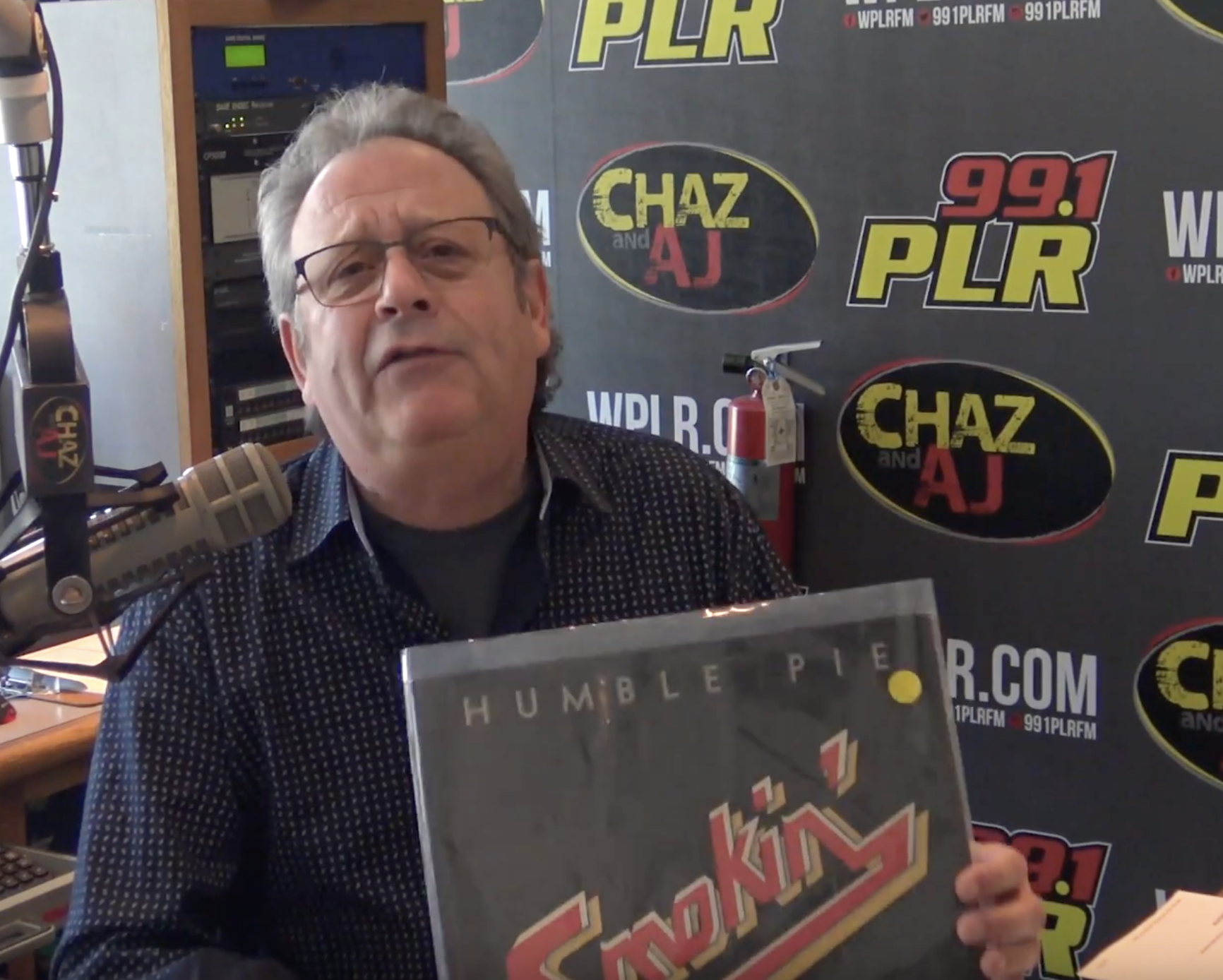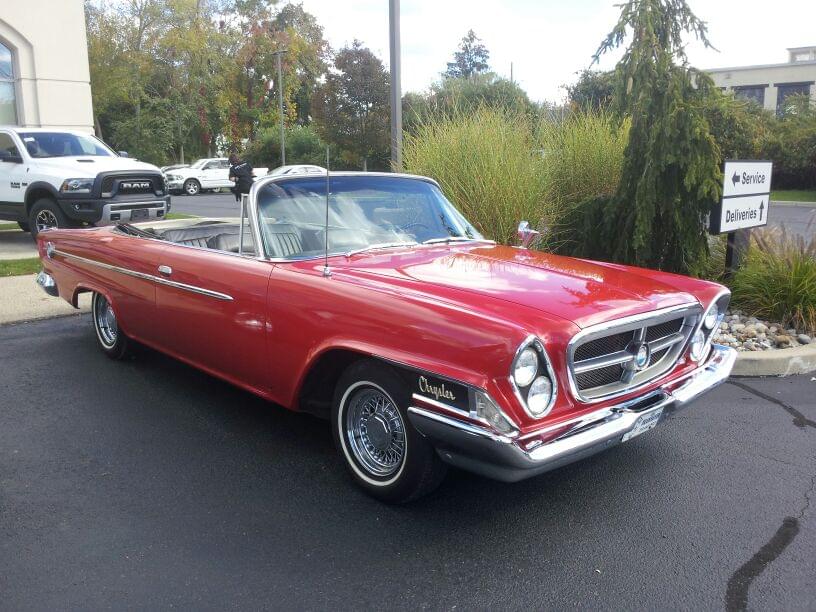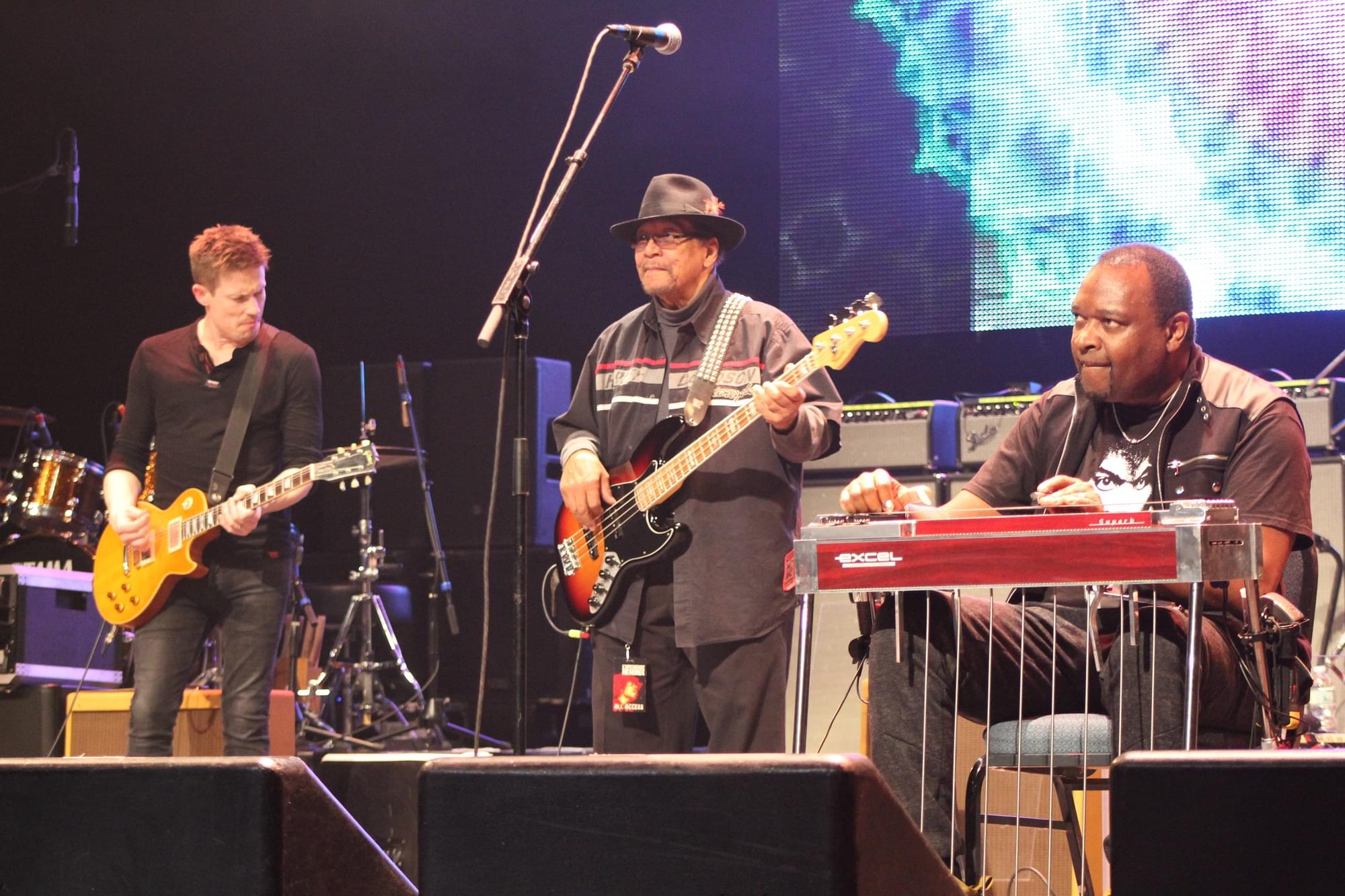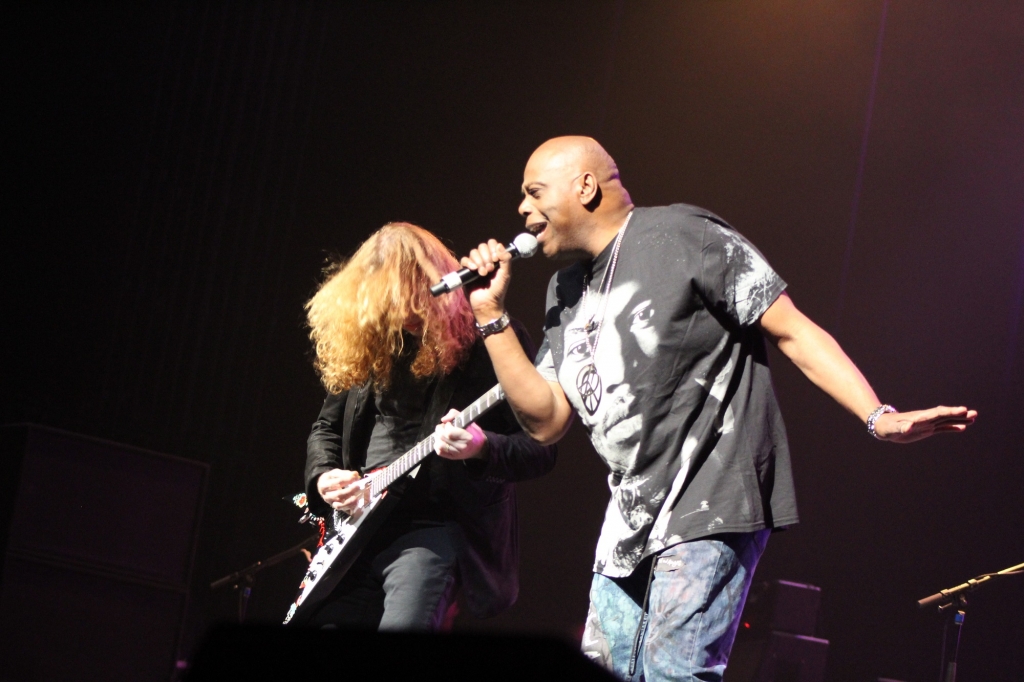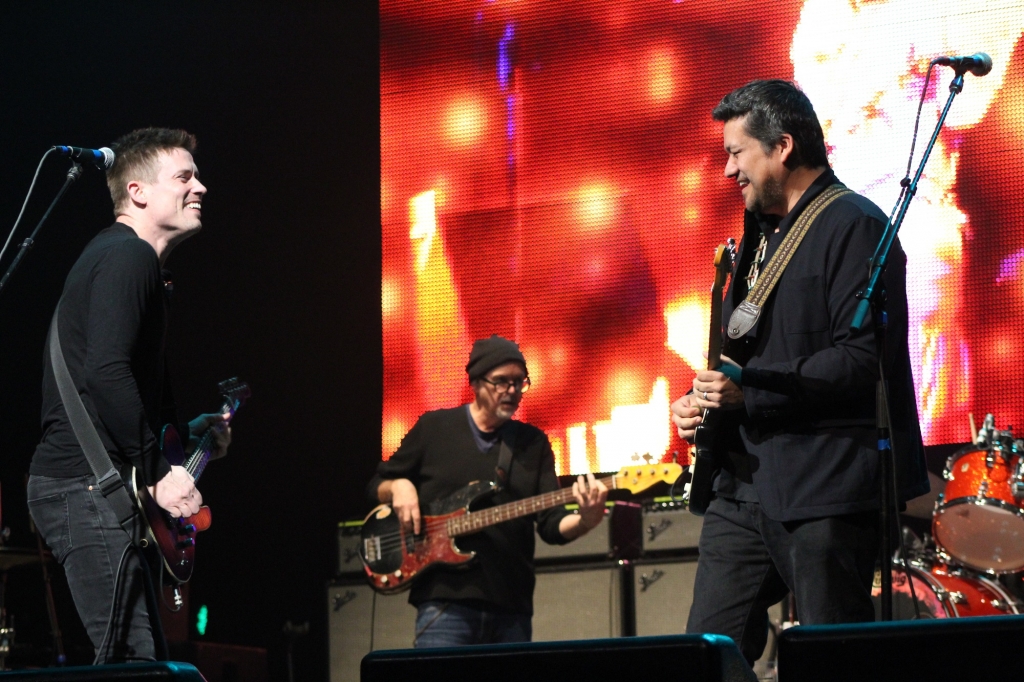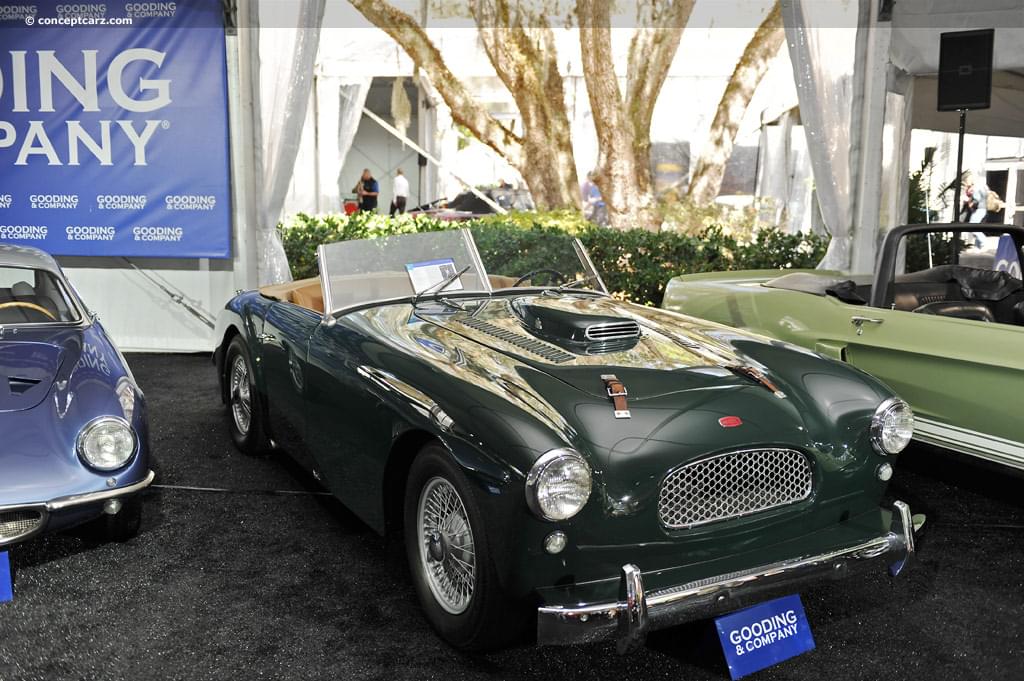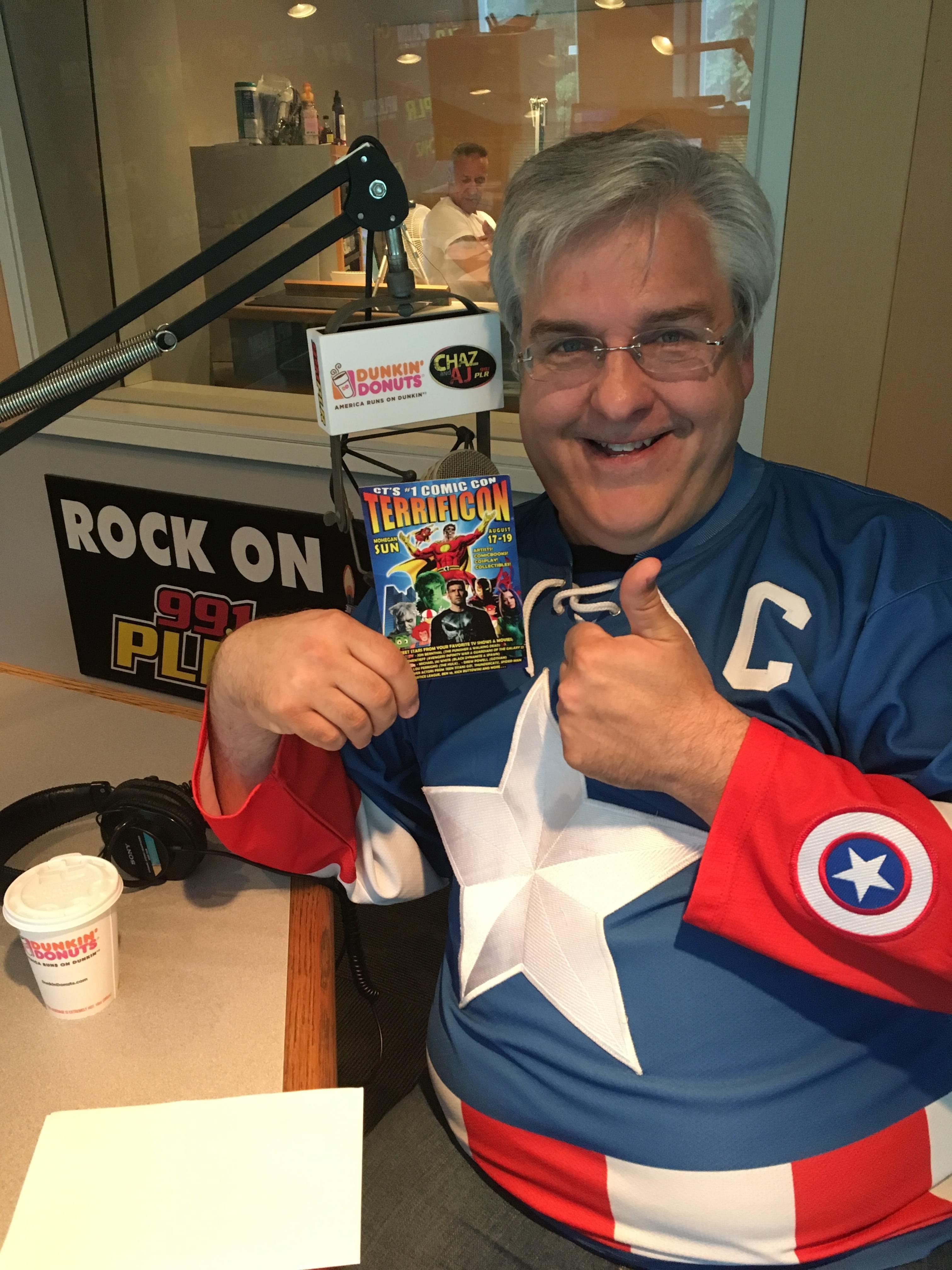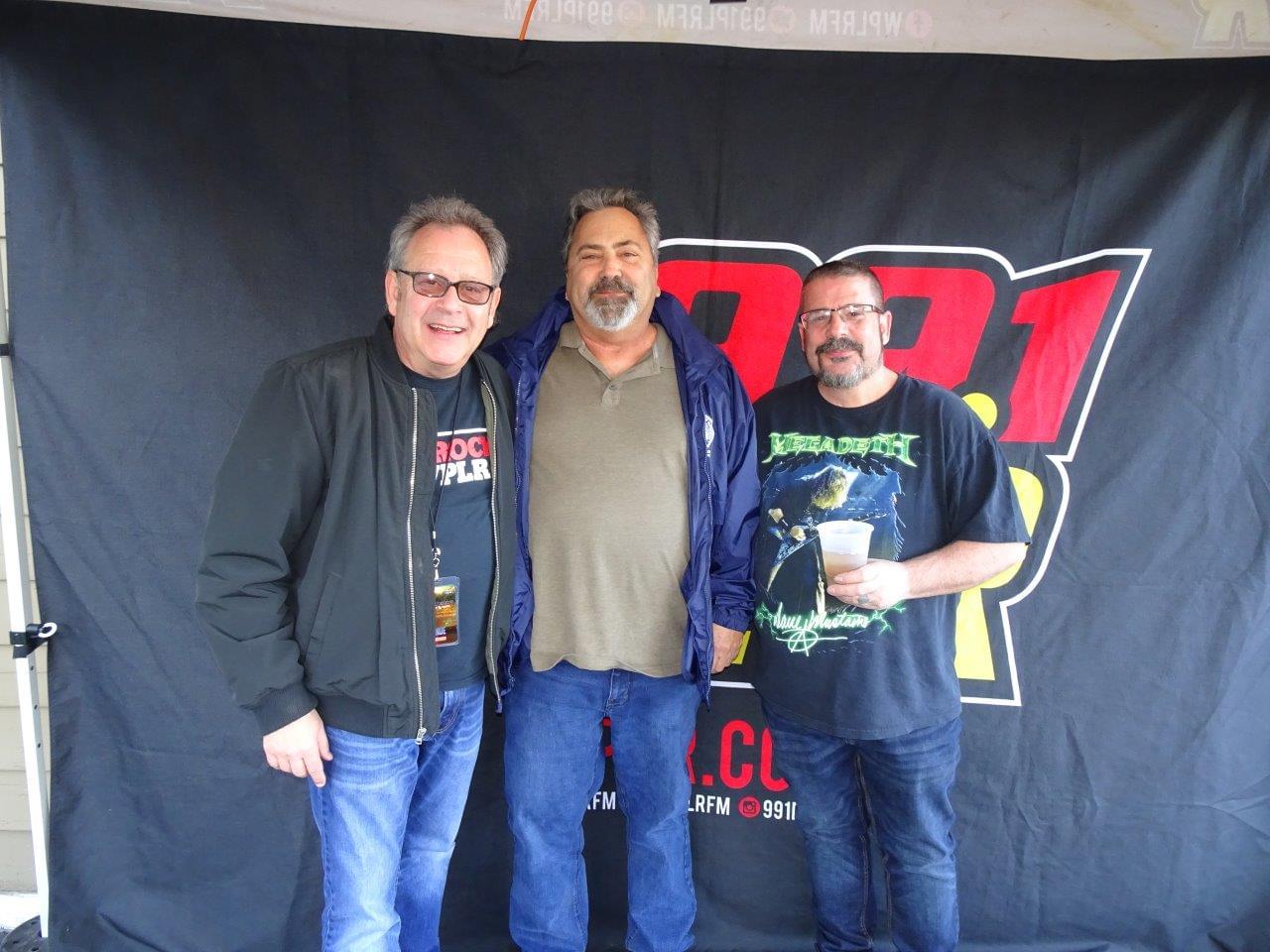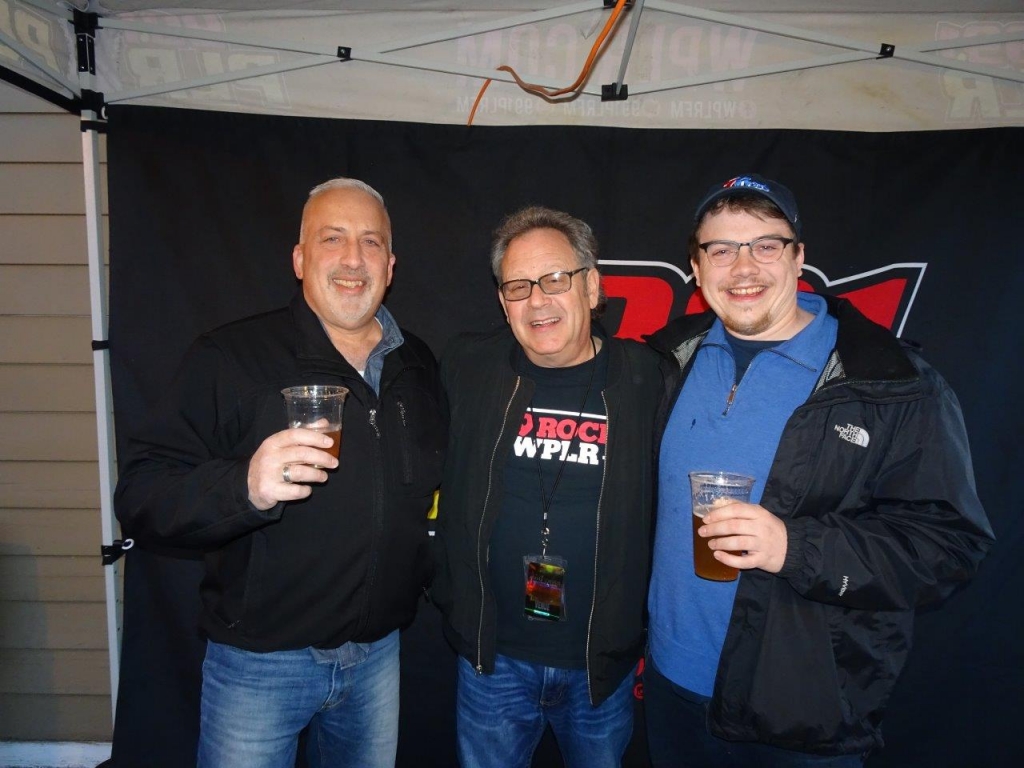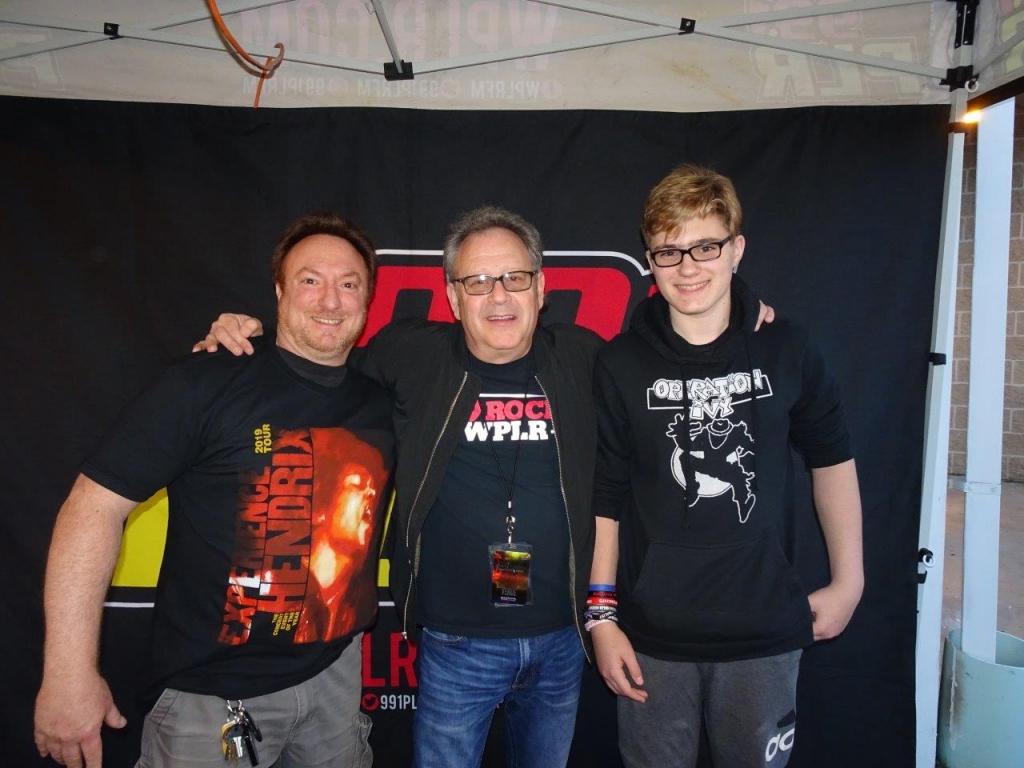6:00. Chaz and AJ News. Bret Hart attacked in the ring. We have audio.
6:13. Chaz and AJ Sports Buzzer powered by Road Ready Used Cars.
6:20 – 6:50. Weird fetishes. Call in yours, or the one someone you know has for Iron Maiden tickets. 877-764-2535.
7:00. Chaz and AJ News. AJ will take a toll quiz. Len Suzio on phone.
7:13. Chaz and AJ Sports Buzzer powered by Road Ready Used Cars.
7:20. Dumb Ass News. Connecticut week: Ridgefield lights its ballfield on fire with gas to dry it.
7:30 – 7:50. King of the Nerds, Mitch Hallock in studio with his Shazam review. Terrificon is August 9th – 11th at Mohegan Sun!
8:00. Chaz and AJ News. Cop takes down suspect while wearing bow tie and tap shoes.
8:13. Chaz and AJ Sports Buzzer powered by Road Ready Used Cars.
8:20 – 8:50. “Why are you at court today” audio with Street Pete.
9:00. Chaz and AJ News. Karma visits Rhino poacher.
9:13. Chaz and AJ Sports Buzzer powered by Road Ready Used Cars.
9:20. Dumb Ass News. Florida man out of jail for only minutes.
9:50. Call in with your 4-second final thought: 877-764-2535

